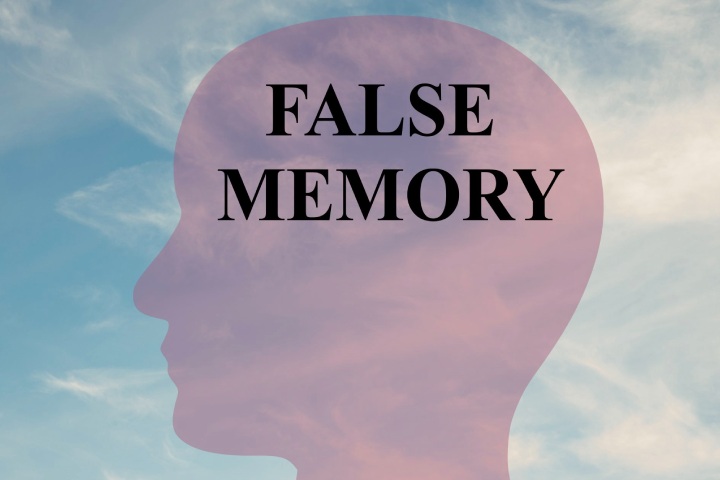A study reveals that we can eliminate false memories, thanks to knowing the tricks with which the memory of life builds itself.
Childhood memories are distant treasures, often so remote that it is difficult to distinguish between what really happened and those things that, instead, we are only convinced that they happened. They are called false memories, or “wrong” memories, and are the focus of research recently published by the University of Portsmouth.
According to the new study, some techniques make it possible to correct – erase them – false memories without damaging or affecting those of the actual events.
The research involved 52 participants whose childhood memories were investigated: with the help of the parents of the people involved, the researchers implanted in each subject two memories of events consistent and plausible with the biographies of each but never happened.
The Experiment: What It Takes To Generate a Memory
That it is possible to implant false or wrong memories in people’s memory is quite well known: the most used method is to insistently subject the person to the false memory, through images, sounds, or conversations, to have it then confirmed by a source that the subject you consider reliable.
In this experiment, common events like getting lost, running away from something were implanted in the memories of 52 volunteers. Together with the false memories, the researchers contextually re-proposed to the participants’ memory and two events in childhood.
The involvement of parents in the research helped as a reliable source confirming that the “new” memories were part of the past, almost 40% of the people involved in the experiment, in the end, had developed true false memories.
The researchers, therefore, followed two strategies, which according to the premises of the research, would have perhaps allowed them to “correct” the false memories.
On the one hand, asked firmly in the belief that memories do not arise only from direct experience but also from secondary sources such as photos and videos. Participants were asked to remember the start of the false memories.
On the other hand, the participants were asked to consider the emergence of any false memories that can be stimulated precisely by the nature of the experiment. It was repeatedly required to identify this or that specific memory.
Mnemonic Mechanisms: How They Work
According to Dr. Hartmut Blank, co-author of the research, the ultimate result of the study is astonishing. The experiment indicates, first of all, that “by increasing the participants’ awareness of false memories and asking them to reflect on what they experienced critically, we were able to reduce the presence of false memories significantly.”
According to the research authors, the most important thing is this renewed awareness should not affect the ability to remember events that happened.
The research paves the way for essential innovations, especially in the forensic field. As Dr. Blank recalls, “believing, or remembering something that never happened, can have devastating effects. In police interrogations, for example, it can lead to false confessions and false accusations .”
After a year from the experiment, 74% of the volunteers had lost the false memories instilled during the research: therefore, false memories can be “corrected” with awareness.
Also Read: More Energy Than Whole Countries: Is Bitcoin Mining Really Bad For The Environment?








